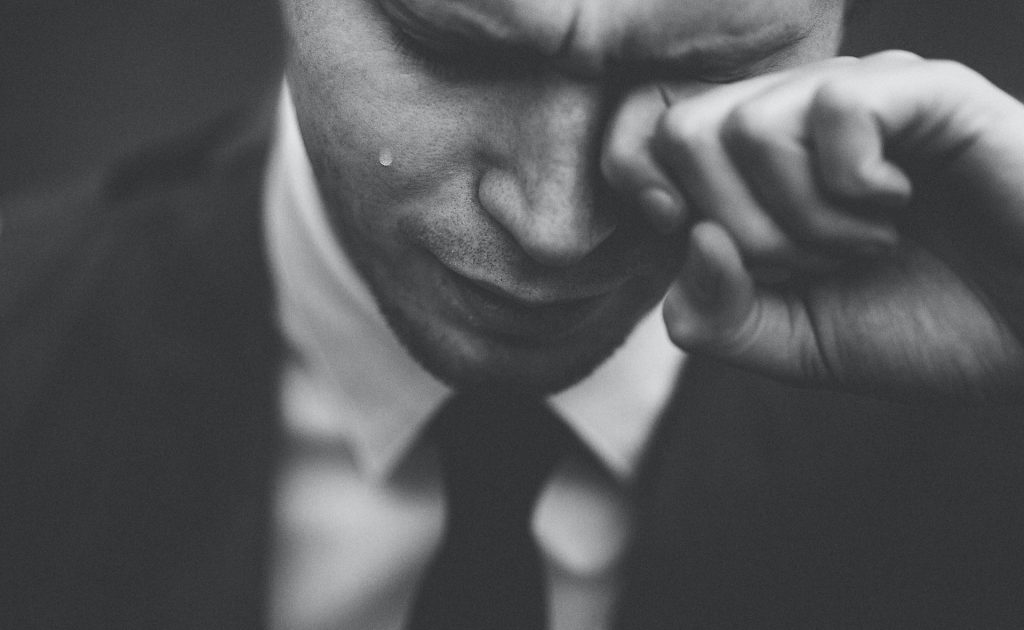
Covid-19-Related Deaths: Key Points To Remember
The coronavirus has changed everyone’s life. Although we have learned to live with the virus, the situation is not yet under control. In the early days of the pandemic, there were very strict restrictions for those who succumbed to the disease. Now, some of these restrictions have been lifted. Find out in this article all there is to know about death from the coronavirus. So, without further ado, let’s dive into this blog and learn everything you need to know about the subject at hand.
The transmission and the evolution of the coronavirus in the body of the deceased

In general, a corpse cannot transmit the coronavirus. Indeed, the droplets of living beings are the first responsible for their propagation. Furthermore, the PAHO/WHO spokesperson stated that “To date, there is no evidence that cadavers transmit the disease to the living. That doesn’t mean you can kiss him or cry over his body.
However, the virus that causes Covid-19 can survive in the throat of the deceased for up to 35 hours after death. Also, if the person dies from acute respiratory difficulty, the lungs may still have live virus in them for a few days. If this is the case, avoid performing an autopsy, as they may be released during the process.
The body wash
A simple body wash should be performed. This involves ensuring that the deceased’s mouth is closed before washing. It should be noted that health professionals or thanatopractors should only do this cleansing. Moreover, the application of invasive conservation care is formally prohibited if the person is dead 10 days after realizing that he or she is positive.
The course of the burial

Since the beginning of the year, the immediate committal is no longer necessary. In fact, the decree of January 22, 2021, states that: “the presentation of the deceased to the family and relatives is made possible in the place where the death occurred. In order to enter the place in question before the burial, it is necessary to wear glasses, a surgical mask, an anti-splash apron, and disposable gloves.
After the entire family has had a chance to say goodbye, it is time to place the body in a casket. Only funeral directors are authorized to do this. They must also have the equipment listed below during the casketing process. In addition, the last name, first name, year of birth, and year of death of the deceased must be written on the coffin lid. The casket cannot be reopened, as it must be permanently closed to be allowed to leave the place of death.
Instructions during the funeral
There is no limit to the number of people who may attend the funeral ceremony. However, the rules of conduct must always be respected, whether in a church, a funeral home, or a cemetery. This requires:
- Wearing a mask (for those over the age of 11)
- Wash your hands frequently
- Maintain a minimum distance of 1 m
- Exclude handshakes and hugs
- Blow your nose in disposable tissues
- Use your elbow to sneeze.
Following the ceremony from a distance is also recommended if you have been in direct contact with the patient. Indeed, the symptoms may not appear immediately. You must wait 14 days to be sure that you are not contaminated.
The Last Tribute

Covid-19 victims should not be treated differently. You can, for example:
- Buy them the best flowers from a funeral store
- Clean the cemetery beforehand with your watering cans and sweepers
- Personalize grave markers, etc.
Sound off in the comments section below, and tell us what you want to read next and if you want to read more about death during the pandemic.